Blood Sugar Testing Mistakes to Avoid

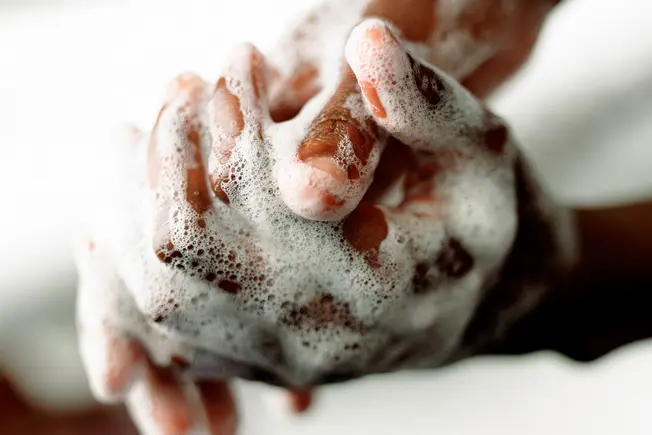
You Don’t Wash Your Hands First
If there are traces of sugar on your fingers when you test, your results can be wonky. Always wash your hands with soap and warm water first. The gentle heat will help your blood flow so you can get a full drop. Be sure to dry off completely too; dampness can dilute your sample or hinder the chemical reaction that performs your test.
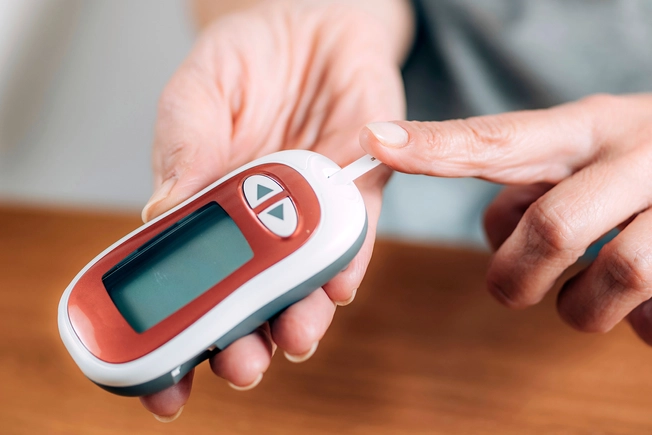
You Don’t Get Enough Blood
If your puncture isn’t deep enough, your sample might not fill the chamber on the test strip. This can skew your results. Don’t add more blood to your sample, though. Try to get a good drop the first time.
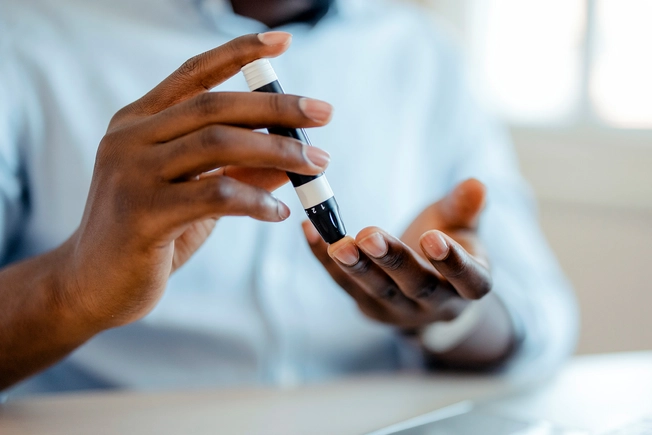
You Share Fingersticks and Meters
No one should use your glucose meter but you. A good rule of thumb: Choose lancets that retract after one use and toss them into your sharps container right after you use them. Your blood glucose meter likely isn’t meant for sharing, either. If you must, though, follow the maker’s directions for cleaning and disinfecting before and after.
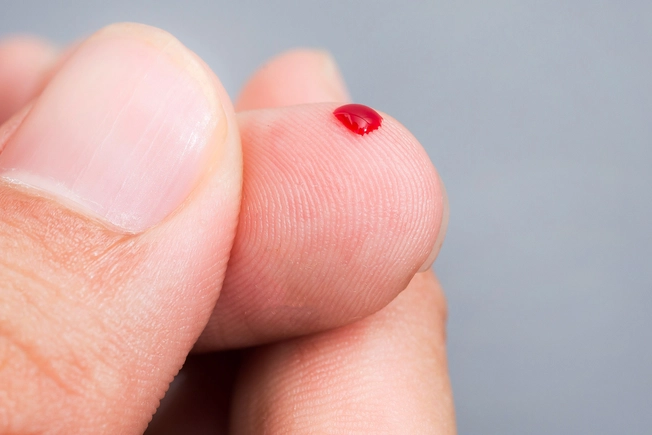
You Squeeze Too Hard
If your hands are clean and dry, you can use the first drop of blood that comes from the finger prick. If for some reason you can’t wash them, just wipe away the first drop and use the second. But don’t put too much pressure on the site or squeeze it – that may throw off your reading.
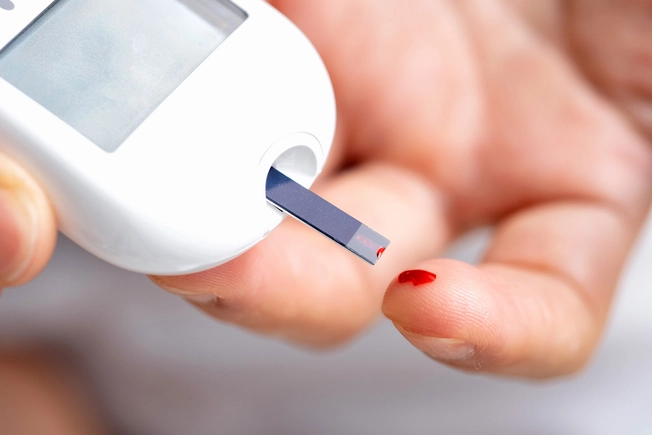
You Use Your Fingertips
Your fingertips – and the pads, where your fingerprints are – are supersensitive. A prick on the side of your finger is less painful and also will work. The World Health Organization suggests you use your third and fourth (middle and ring) fingers for best test results. Your palm can be an ideal site too.

You Ignore Wonky Readings
Don’t dismiss meter readings that are “off.” Take your meter to your next doctor visit or when you need lab work. When your blood is drawn, do a separate prick for your own meter at the same time. When the results come back, compare them. You’ll want your numbers to match up within 15% of the lab’s report.
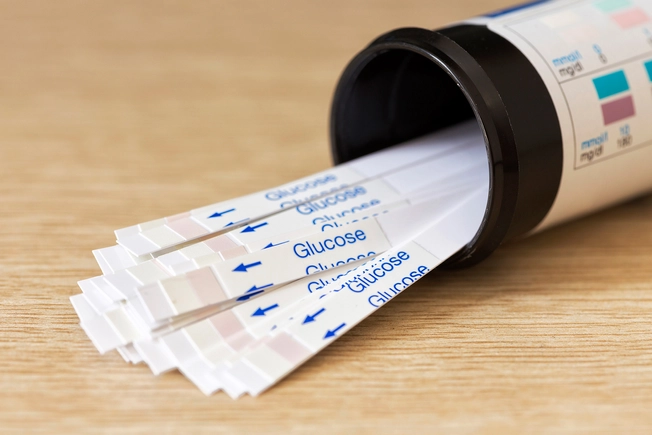
You Use Old Strips
Your boxes of glucose test strips, or the strips themselves, will likely have a “use by” date. This usually falls within 3 to 6 months after you buy them. Here’s why: The enzyme your strip contains that reacts to your blood sugar will begin to break down after a time. This will wreck your readings. Humidity or extreme temps speed the process, so proper storage is key too.
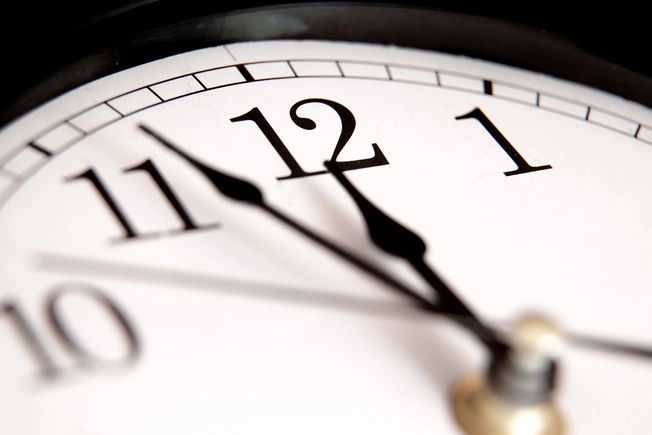
You Don’t Test Often Enough
How often should you check your blood sugar? At least as often as your treatment plan states. Things like a change in routine, being sick, or a new medication may mean you’ll need to test more often. In a study of glucose monitoring habits of people with type 2 diabetes, around half tested less than once or twice a week, or not at all. People were more likely to test when they had a target to strive for, so having a goal helps.

You Don’t Adjust for Altitude
Some blood glucose meters don’t work as well at altitudes over 10,000 feet. People have reported their numbers read higher or lower than they should. If you’re traveling to a high altitude area, check with your doctor before you head for the hills. You might take along a backup meter or tweak your targets while you’re there.

You’re Not Hydrated Enough
If your body doesn’t have enough water, your blood sugar gets more concentrated. This can throw off your glucose level reading. Stay hydrated: Be sure you’ve drunk plenty of water, especially if you’ve been out in the heat, exercised too hard, or had caffeine.
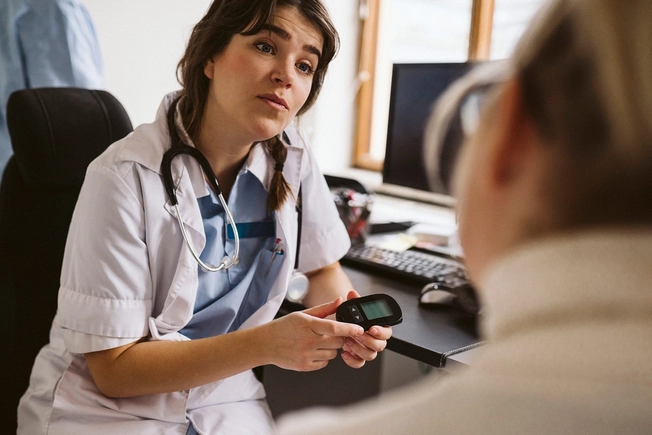
You Buy the Wrong Meter
Vet your meter before you take it home. Weigh these factors:
- What your insurance covers
- How much it costs you out of pocket
- How easy it is to use
- Extras (such as large buttons, a lighted screen, audio, or auto-tracking of your results)
- How much tech support the maker offers
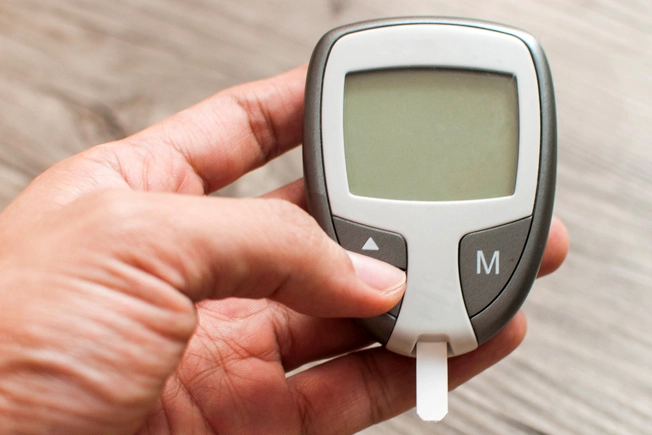
You Miscode Your Meter
Your meter might require you to put in a code that connects the strip’s electrical signal with your blood glucose reading. You don’t have to do it often, but many people have trouble with this step. If you feel that having to code might put you off testing as you should, think about getting a newer meter that doesn’t need it.
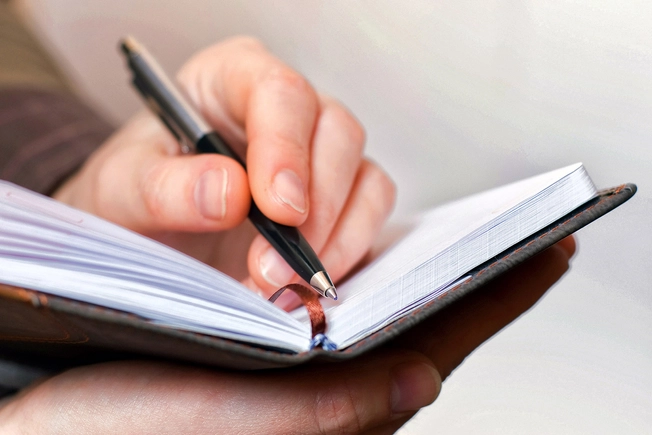
You Don’t Log Your Results
Some devices track your results for you. If yours doesn’t, it’s easy to find a printable log or one you can carry along with you. When you finish your blood sugar test, jot down the results and note what things might have affected your numbers. This tool helps your health care provider know how your treatment plan is working.